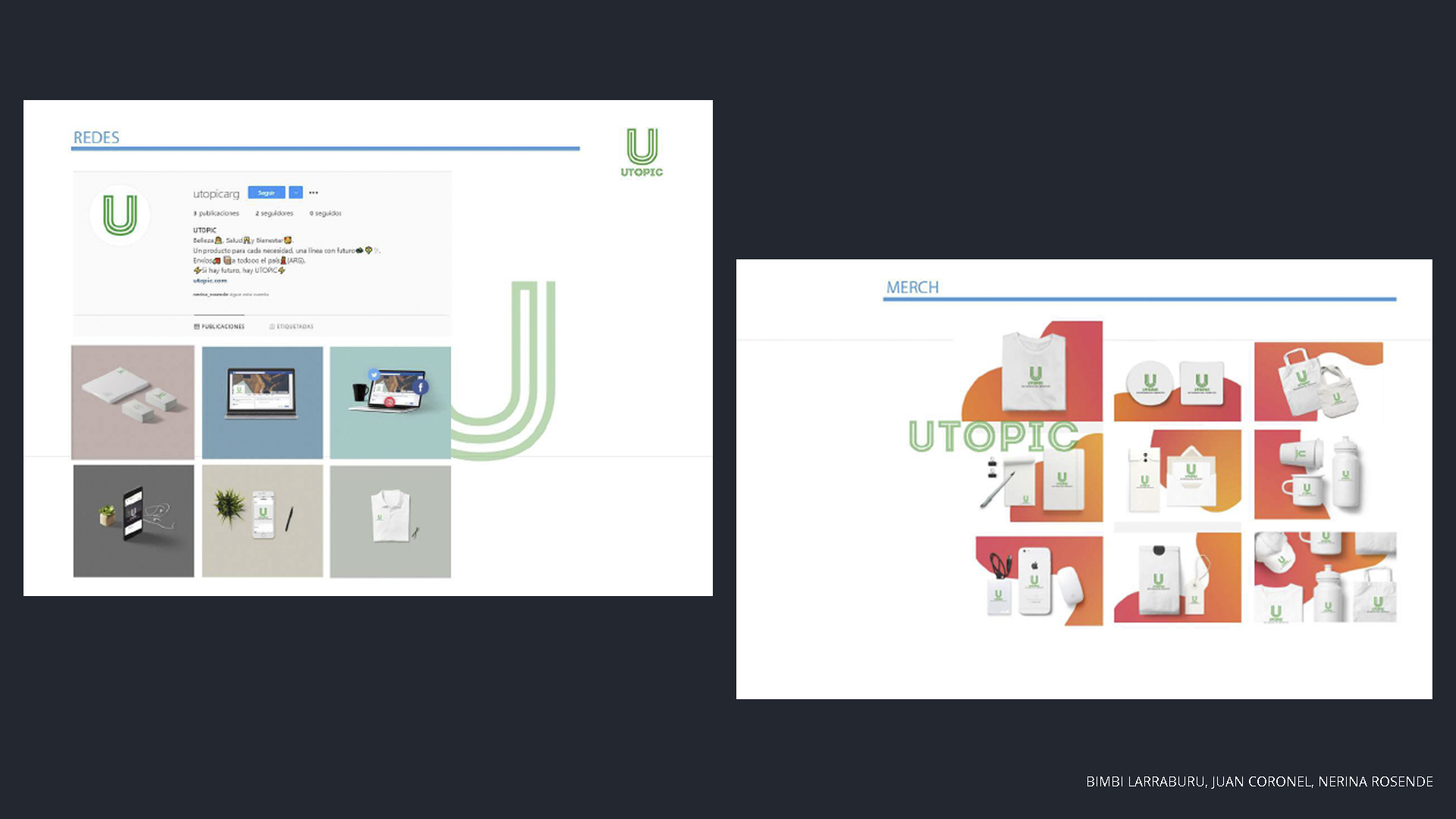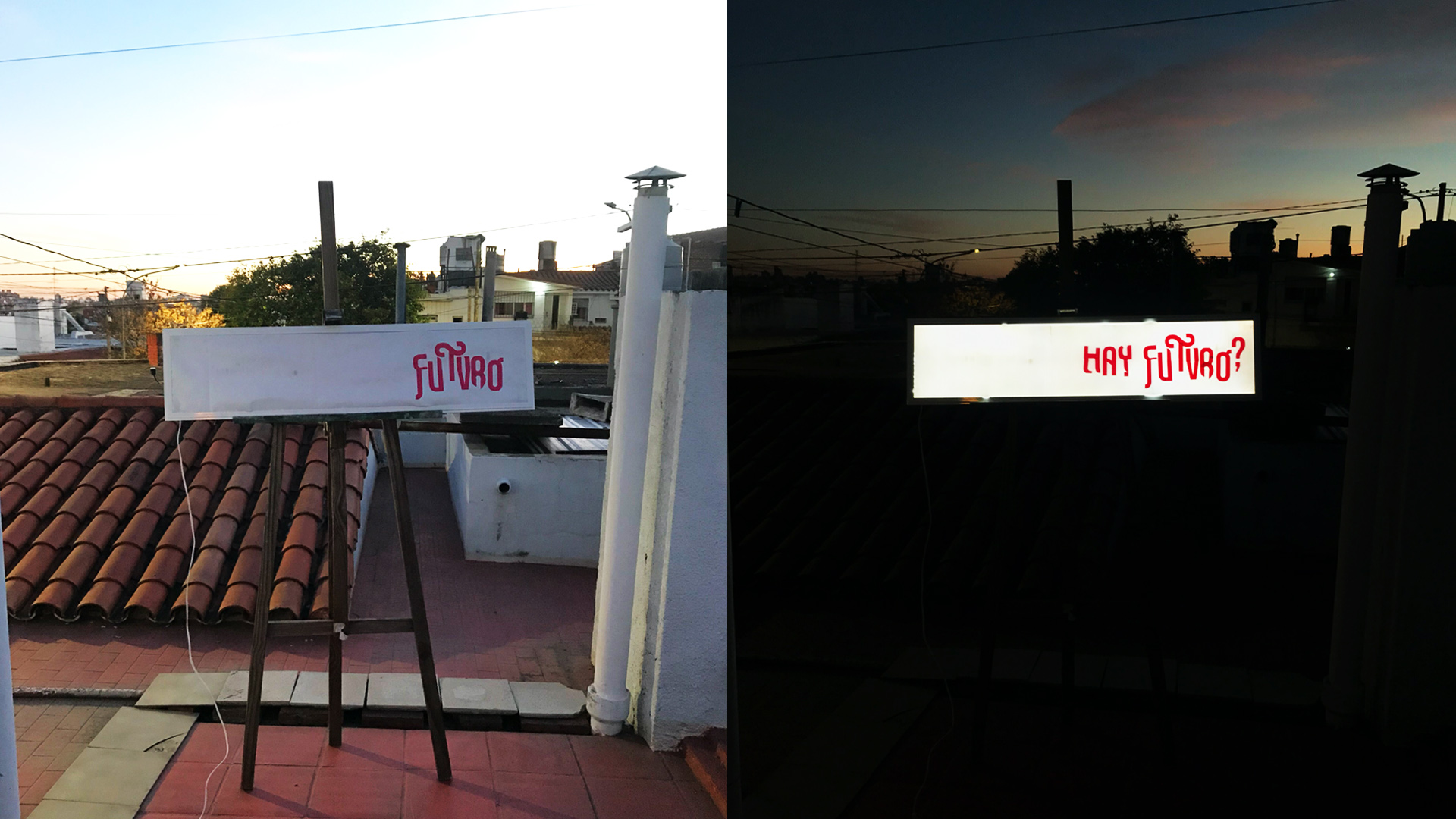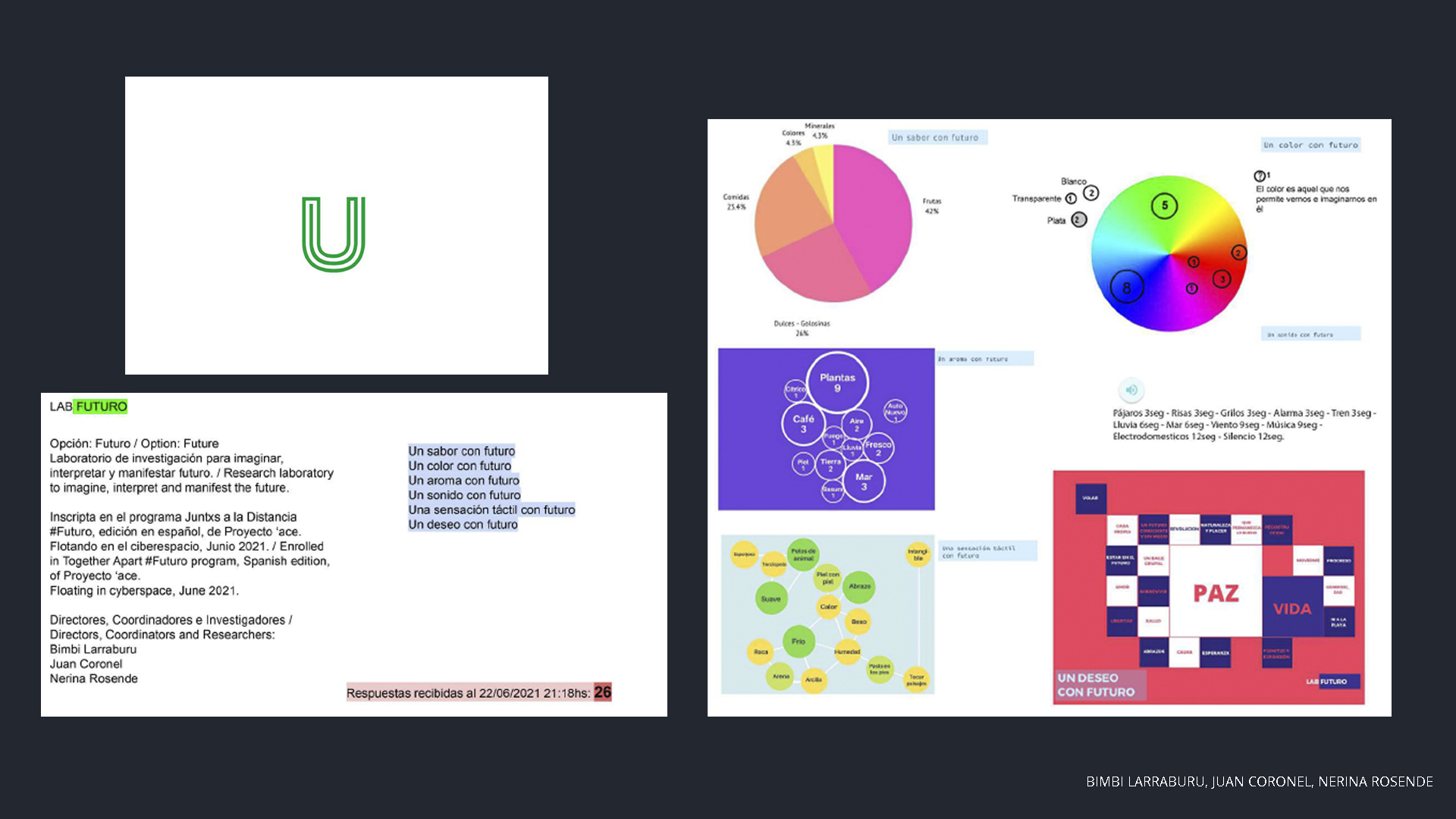Artists
Argentina
Juan Coronel
#5: Futuro
27.05.21 08.07.21
Visual artist, studying Engraving at the National University of Córdoba, in 2013 he participated in a residency on contemporary photosensitive techniques at Proyecto´ace. He then returned to the National University of Córdoba as a seminarian and researcher. He founded Niu and Casa Carlos, cultural incubators. In 2020 he took part in the HIV: Activism and Art Workshop dictated by Sebastián Carballo, as well as a Writing in Arts workshop at the Graduate Support Program (PAMEG), Faculty of Arts, National University of Córdoba. In 2021 he enhanced his work through the online program Together Apart at Proyecto´ace.
From 2017 to 2020 he was a researcher and technical supporter of the Production and Research Group: The Role of Art, where works were developed on ecological paper made from natural fibers under the direction of Elba María Torres de Torres.
ARTIST STATEMENT
No. I’m no longer the one who makes engravings in a workshop. I no longer collect techniques and materials. I am no longer the one who rehearses what to say through art. I no longer let myself be pushed by what should be. Now I am an artist who enunciates: I walk the streets of my city with a work that talks about HIV. I am HIV.
I want my work to spread like a virus that comes to destroy stigmas and corrupt morals. I walk through the public space thought of as a living and human organism capable of understanding that we are part of the problem. Isn’t there a faggot on some corner unbalancing the future of his new man ?, says Lemebel. And I think about cruising into the future.
I am a queer territory that muds with its art what remains immaculate. I am a work in the open, etched by the marks of the passage of time and the weather: I am the footprint. I am the body of graphic works: an image that dissolves and distorts the landscape. I am the performance that integrates what he saw in his works and what he now wants to say. I am the DEVICE as a work that breaks in for us to name HIV.
No. I am an artist who asks himself: how do I talk about that which bodies are quiet about?
ABOUT #FUTURE
With each edition in which I participate I see myself creatively empowered in an accessible virtual context. I find the power to create in community fundamental and this program offers a viable solution in this new context.
BIO
Juan Ignacio Coronel
1990 | San Francisco, Córdoba, Argentina
Lives and works in Córdoba, Argentina
EDUCATION
Present | Bachelor of Engraving, Faculty of Arts, Universidad Nacional de Córdoba, Argentina
EXHIBITIONS
2018-2019 | Permanent exhibition, Espacio Poética Gallery, Córdoba, Argentina
2018 | Cordoba City Art Market, Cabildo de la Ciudad de Córdoba, Argentina
2018 | TrasTienda, Garín Space, Casa de Pepino Cultural Center, Argentina
2018 | Niu Nuevo Arte, Collective exhibition of Latin American Artists,, Córdoba, Argentina
2017 | Niu Nuevo Arte, Collective exhibition of Latin American Artists,, Montevideo, Uruguay
RESIDENCIES
2021 | Together Apart—#FRONTERA,online international program, Proyecto´ace, Buenos Aires, Argentina
2013 | Artist-in-Residency International Program (´acePIRAR), micro-Residency, SUB30 Residency, Proyecto´ace, Buenos Aires, Argentina
AWARDS
2013 | Selected artist, 1st Edition Emerging Prize for Contemporary Engraving, FIG Graphia 2013, Bilbao, Spain
OTHERS
2013- 2014 | Collaborator in a Research Group: Techniques, Materials and Procedures in the development of Graphic Art; Disused traditional techniques and new processes from the beginning of the century to the present. Director: Norma Alejandra Escribano
Related Activities
Encounters, Exhibitions
#5 | FUTURO: results
Artists in dialogue
08.07.21
“The stone that I was has softened; cleared the hole. That mud that he was washed away. We already comply. The way is clean. What will I say now? I will say: Good. Like the seed in its blindness, without knowing the tree of tomorrow.” Eisejuaz, Sara Gallardo
For this edition of Together Apart (Spanish cohort) we worked with the concept of the future: Is there a future? What is a gesture with future? How would a collaboration with the future look like?
It was impossible to put aside the feelings of intimidation or contradiction that wondering about the future brings in a pandemic context where instability precisely puts the continuity of life, even more, in crisis.
We took a conceptual-artistic approach to expand the different conceptions of the future from the Western world, moving between utopian and situated futures considerations, and with the intention, likewise, of thinking about other ways of conceiving time, not in a linear and progressive way but through “a proactive work of the nexus between the past and the future”. (Silvia Cusicanqui)
Together with a cohort of 14 Spanish and Portuguese-speaking artists from the American continent we initiated a process of reflection and generation of works. Those collective and individual gestures will be presented to the external public on July 8.
We worked from the sensation and reality of cancelled futures, artistic actions in social contexts where the only apparent future is precariousness. The artistic action also as an ethical gesture of reparation of the past. Other artists produced work by taking as a starting point the suspicion of the future, questioning what futures seem to be available today and pointing out limitations that exist for non-normative bodies.
Various artists identified the difficulty of thinking the idea of the future outside of a linear conception of time, and thus explored the forms of time registration offered by different technologies such as video, photo, and even mechanisms such as the wheel of a printmaking press. The manipulation of such mechanisms, and the reflection with other materials such as ashes or mirrors, allowed us to explore non-linear times and observe how different technologies allow us to expand present moments, expand what is visible to the human eye.
Processes such as recycling, fictionalization, speculative imagination were used, and research laboratories were also activated with the intention to enquiry what our senses perceive as the future. Collaborations were activated not only between the artists of the cohort but also with nature and with other species. The future as a shared secret towards which we move.
DANIELA RUIZ MORENO [ curator-in-residence ]
Related artists
#FUTURE
was the theme that inspired us in the production of the practical exercises and fueled the conceptual discussions of the fifth edition of the online program Together Apart, which took place between May 27th and June 24th, 2021.
This page compiles the results of the cohort in Spanish, which included participants from Argentina, Australia, Brazil, Colombia, Mexico, the United States, and Venezuela.
Artistas | Cohort in Spanish
Sandra Austena| Tigre, Argentina
Florencia Alborcén | Buenos Aires, Argentina
Lurdi Blauth | Sao Leopoldo, Brazil
Juan Ignacio Coronel | Córdoba, Argentina
Leonor D’ecourt | São Paulo, Brazil
Dolores Delia | Argentina connecting from Australia
Walter Karwatzki-Chagas | Porto Alegre, Brazil
Denise Koziura | Quilmes, Argentina
Bimbi Larraburu | Buenos Aires, Argentina
Cecilia Luque | Cordoba, Argentina
Frida Sofia Martínez Lerma | Chihuahua, Mexico
Marilyn Narota| Colombia connecting from New York, USA
Sebastián Nieto Ortega | Lima, Perú
Elsa Nievas | Necochea, Argentina
Nerina Rosende | Tigre, Argentina
Lusimar Torrealba | Caracas, Venezuela







